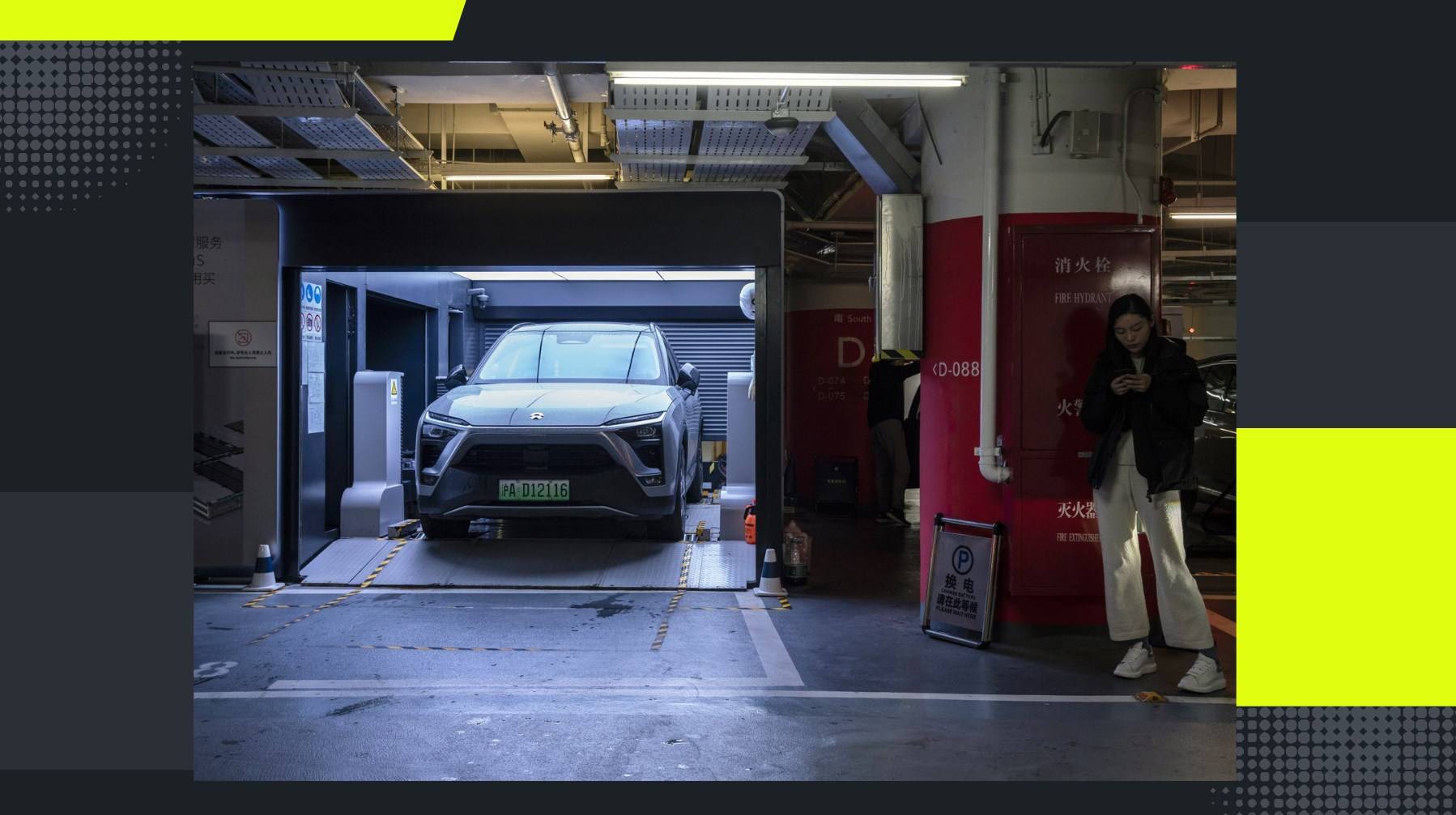The Cao Cao 60 EV, a model developed by Geely specifically for their ride-hailing service, recently experienced a troubling malfunction: it lost its entire battery pack while in motion. This incident highlights significant concerns about the safety and reliability of battery swapping technologies in electric vehicles (EVs). Here, we provide an in-depth analysis of the incident, the implications for battery swapping technology, and the necessary safety measures to prevent such occurrences.
Overview of the Cao Cao 60 EV
The Cao Cao 60 EV is designed with a primary focus on optimizing the ride-hailing experience. It features an innovative battery swapping system, intended to minimize downtime and enhance the availability of the vehicle. This approach to energy management aims to address the limitations of traditional charging methods by allowing for quick battery replacements. While this design offers significant convenience, it also introduces new challenges that must be carefully managed.
Incident Description: Battery Pack Loss
The incident involving the Cao Cao 60 EV occurred during normal driving conditions. The vehicle, equipped with a swappable battery pack, experienced a critical failure when the battery pack detached from the vehicle while driving. The event was captured on video, vividly showcasing the gravity of the malfunction.
Witnesses and video footage reveal that the battery pack, which is designed to be securely attached to the vehicle, became dislodged and fell onto the roadway. This failure not only jeopardized the safety of the driver and other road users but also raised immediate concerns about the design and implementation of battery swapping systems.
Implications for Battery Swapping Technology
Safety Concerns
The primary concern arising from this incident is safety. The ability of a battery pack to remain securely attached to the vehicle is crucial to avoid accidents and ensure safe operation. The Cao Cao 60 EV’s incident underscores the need for rigorous safety standards and design improvements to prevent similar occurrences in the future.
Design and Engineering
The incident raises questions about the design and engineering of the battery swapping mechanism. A secure attachment system must be engineered to withstand various driving conditions, including vibrations, impacts, and road irregularities. Ensuring that the battery pack is firmly and reliably fixed is essential to avoid detachment.
Regulatory and Industry Standards
This incident also highlights the need for stringent regulatory and industry standards for battery swapping technologies. The development and implementation of comprehensive safety protocols are necessary to ensure that all battery swapping systems meet the highest standards of safety and reliability.
Recommendations for Enhancing Battery Swapping Systems
Improved Attachment Mechanisms
To prevent future incidents, it is imperative to develop and implement enhanced attachment mechanisms for battery packs. These mechanisms should be designed to ensure a secure and stable connection, regardless of driving conditions.
Regular Maintenance and Inspections
Regular maintenance and inspections of battery swapping systems are essential. Implementing a rigorous inspection protocol can help identify potential issues before they lead to critical failures.
Advanced Safety Features
Incorporating advanced safety features, such as real-time monitoring systems that alert drivers to potential issues with the battery pack, can improve the overall safety of battery swapping technologies. These systems can provide early warnings and help prevent incidents from escalating.
Collaboration with Industry Experts
Collaboration with industry experts and research institutions can provide valuable insights and drive innovations in battery swapping technology. Engaging with a broad range of stakeholders can help ensure that best practices are followed and that safety standards are continuously improved.
Conclusion
The loss of a battery pack from the Cao Cao 60 EV while driving serves as a stark reminder of the critical importance of safety in the development and deployment of battery swapping technologies. As the industry continues to advance, it is essential to address these challenges head-on, implementing rigorous safety measures and continuously improving design standards. By focusing on robust attachment mechanisms, regular maintenance, advanced safety features, and industry collaboration, we can work towards ensuring that battery swapping systems are both safe and reliable.
As we move forward, it is crucial to learn from incidents such as this one to enhance the overall safety and efficiency of electric vehicle technologies. The evolution of battery swapping systems must prioritize the well-being of drivers and other road users, ensuring that these innovative solutions contribute positively to the future of sustainable transportation.



